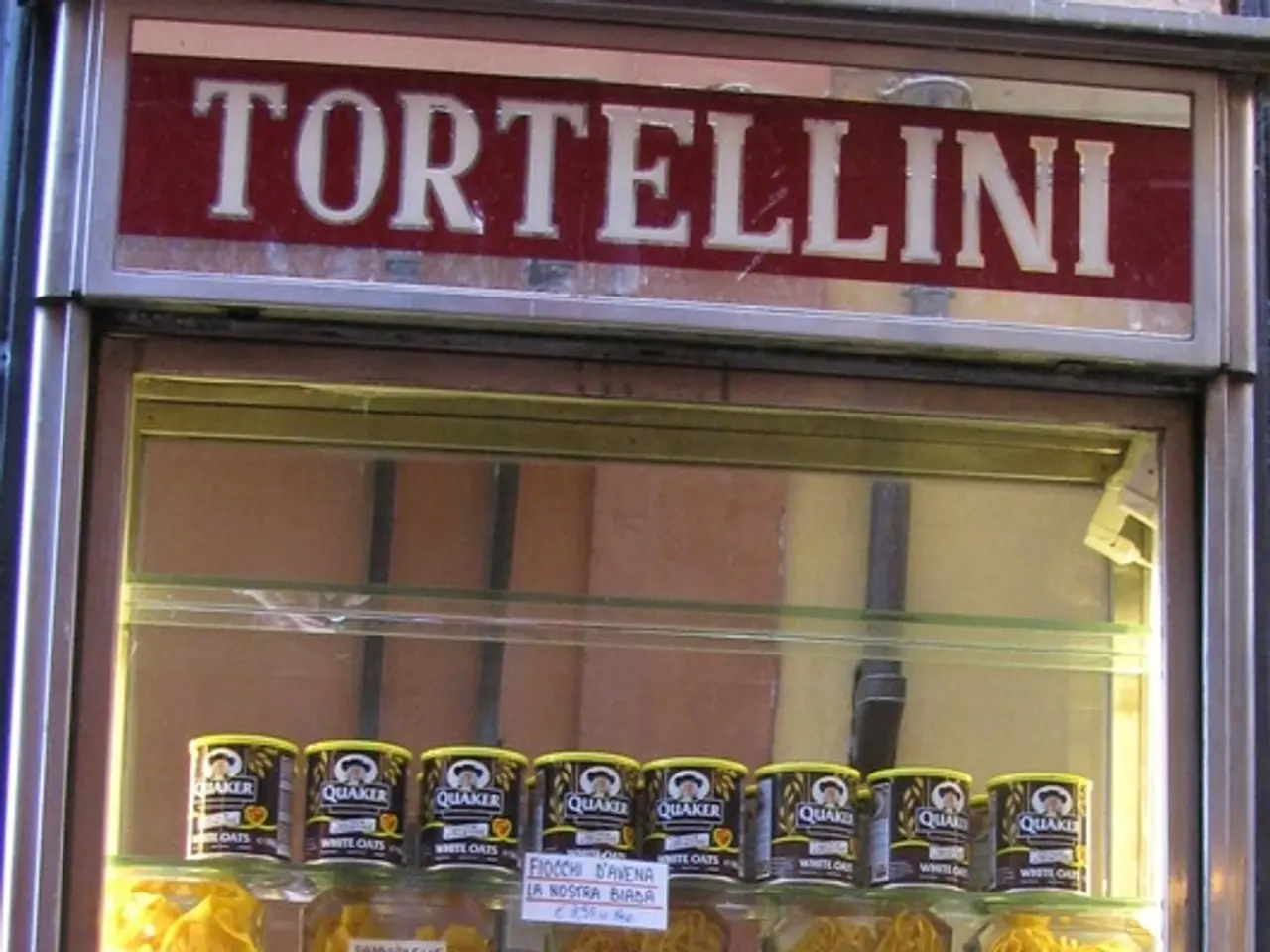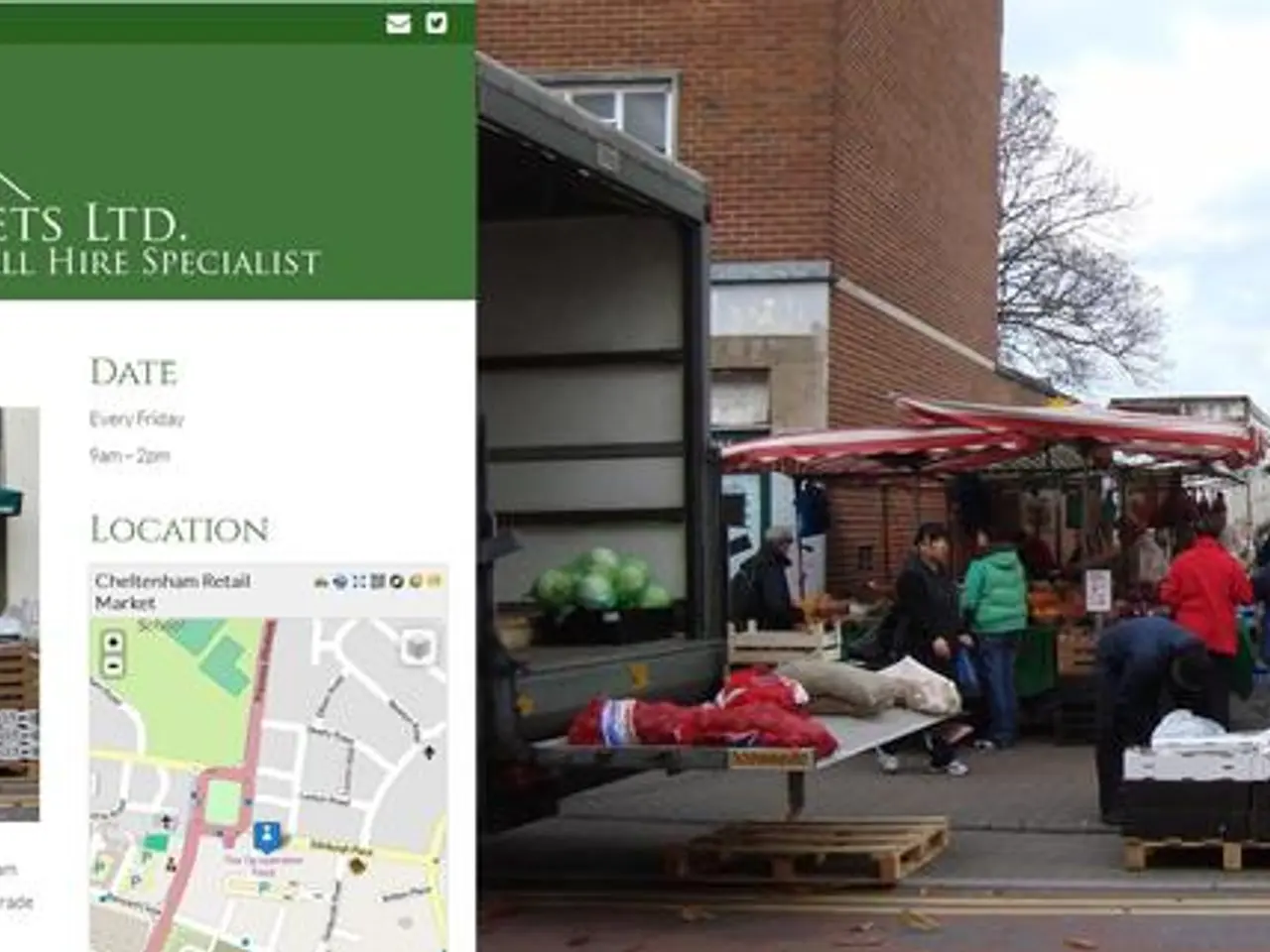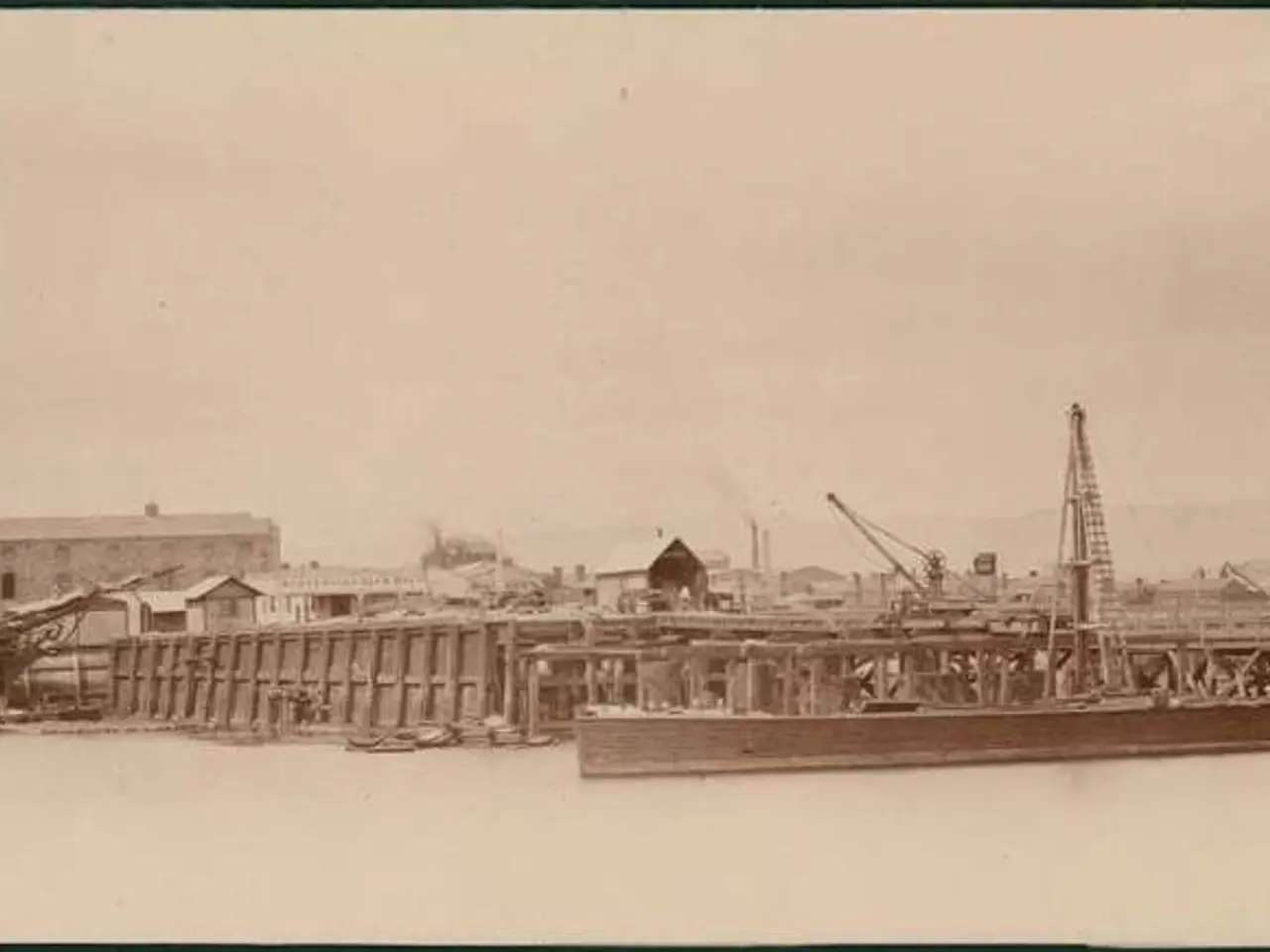Energy-Efficient Cooling Innovation: A Greener Possibility for Refrigeration over Traditional Methods
Solid-state cooling technologies, which operate without moving heat between reservoirs, are poised to revolutionize the global cooling market. These innovative systems have the potential to achieve coefficient-of-performance (COP) scores above 10, almost double the COP of the best conventional AC systems.
The market for these technologies is growing rapidly. According to a report by the Rocky Mountain Institute, the global cooling market, currently valued at over $272B/yr, is expected to reach $600B by 2050. The report, titled "Innovation to Impact: Advancing Solid-State Cooling to Market - Challenges and opportunities for scaling breakthrough cooling startups," identifies key players and challenges in commercializing solid-state cooling technologies.
Key Players
One of the key players in this field is MIMiC, based in New York. They are developing thermoelectric solid-state cooling systems aimed at replacing conventional packaged thermal AC units in hotels and multi-tenant buildings. Another significant player is Magnotherm from Germany, focusing on magnetocaloric refrigerators intended for supermarkets, grocery stores, and retail applications.
The Rocky Mountain Institute's study also highlights other startups within its broader climate tech accelerator portfolio such as Blue Frontier, Transaera, and companies like Barocal, Pascal, and Exergyn. These startups are advancing novel, compressor-free, or refrigerant-free cooling technologies with innovative materials and approaches.
Challenges
Despite their potential, solid-state cooling technologies face several challenges. Efficiency drops are a significant issue, with elastocaloric materials losing up to a factor of 3 in cooling performance when fully integrated into practical systems. Barocaloric and elastocaloric systems also experience wear due to repetitive mechanical stress involved in their cooling process.
Cost reduction is another critical challenge. Developers must design products that leverage existing high-volume production technologies and reuse existing components to manage development costs and supply chain risks. Reliable scale-up is another hurdle, as overcoming technical challenges such as maintaining efficiency and durability while developing scalable manufacturing is crucial.
Despite these challenges, the market is attracting many teams of academic and commercial developers heavily investing to overcome these commercialization barriers.
Potential Impact
Once the technical challenges are overcome, solid-state cooling technologies are expected to provide a more efficient, greener alternative to compressor-based technologies. They offer much higher efficiencies and reliability compared to vapor compression systems, which are used by roughly 95% of the world's refrigeration equipment. These systems are approaching the Carnot Limit, which describes the maximum efficiency achievable within the physics that govern the transfer of heat between a hot and cold reservoir.
Solid-state coolers eliminate the need for compressors, hoses, and other failure-prone mechanical parts, as well as the need for refrigerants with high global warming potential. This makes them a more sustainable choice for the future.
In conclusion, the solid-state cooling landscape is promising, with innovative technologies tackling significant technical and economic obstacles while leveraging innovative materials and manufacturing strategies within a growing ecosystem of startups supported by initiatives like RMI’s Third Derivative accelerator. The potential for these technologies to disrupt the global cooling market and contribute to a more sustainable future is significant.
- Advanced environmental-science research in solid-state cooling technologies is being driven by companies like MIMiC and Magnotherm, aiming to revolutionize the climate-change industry by providing innovative cooling solutions for various sectors.
- The global cooling market, currently worth over $272B/yr, stands to benefit significantly from the potential energy savings offered by solid-state cooling technologies, with predictions of a market value reaching $600B by 2050.
- To ensure the commercial success of solid-state cooling technologies, improvements in efficiency, cost reduction, and reliable scale-up are crucial, with ongoing attempts made by key players and startups in the industry.
- By addressing the challenges facing solid-state cooling technologies and realizing their potential, the shift towards renewable-energy-based, compressor-free cooling systems could yield a more environmentally friendly alternative that significantly reduces the carbon footprint of the cooling industry.




